Health and Fitness and Exercise: Health Benefits, How to Get Started, and How to Get Better
Many individuals aim to be fit since fitness is closely tied to health. High overall fitness levels are associated with a reduced risk of chronic illnesses and an enhanced capacity to manage health issues that arise. Additionally, better fitness promotes greater functionality and mobility throughout one’s life.
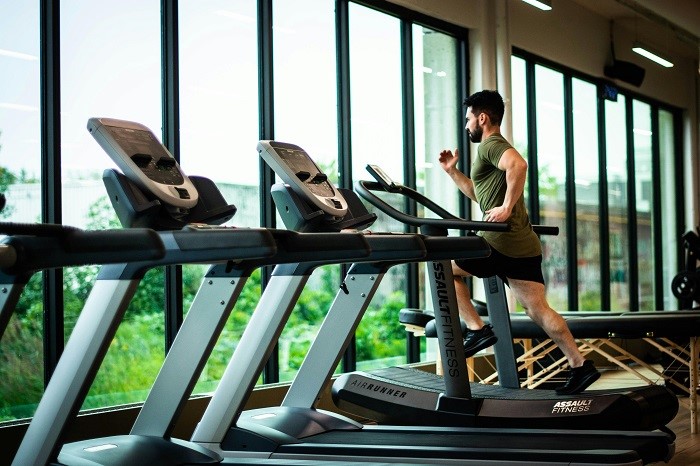
In the short term, being active can improve daily functioning, from enhancing mood to sharpening focus and improving sleep. Essentially, our bodies are designed to move and tend to perform better when we are more fit.
It’s important to recognize that health and fitness can be achieved in various ways (consider a ballet dancer compared to a bodybuilder, or a sprinter versus a gymnast). Fitness doesn’t have a singular appearance, and outward appearances can be misleading regarding a person’s habits, physical activity levels, or overall fitness.
What It Means to Be Fit
The Physical Activity Guidelines for Americans, provided by the U.S. Department of Health and Human Services (HHS), outline five components of physical fitness:
- Cardiorespiratory Fitness: This is often measured by your VO2 max, which reflects your body’s ability to take in and use oxygen, essential for your tissues. This metric is directly linked to health and quality of life, explains Abbie Smith-Ryan, PhD, a professor and director of the Applied Physiology Laboratory at the University of North Carolina in Chapel Hill.
- Musculoskeletal Fitness: This encompasses muscle strength, endurance, and power.
- Flexibility: This refers to the range of motion in your joints.
- Balance: This is your ability to maintain stability and avoid falls.
- Speed: This measures how quickly you can move.
A well-known research paper from 1985 distinguishes between “physical activity” (any bodily movement that requires energy), “exercise” (structured physical activity), and “physical fitness” (attributes determining one’s ability to perform daily tasks vigorously and alertly, without undue fatigue). Components such as cardiorespiratory endurance, muscular endurance, muscular strength, body composition, and flexibility are used to measure fitness.
In practical terms, fitness translates to functionality, says Dr. Smith-Ryan. Can you carry groceries or walk upstairs without getting winded? Can you play with your kids in the backyard or climb stairs easily?
Types of Fitness
There are several key components of fitness that are essential for a well-rounded exercise routine. The Physical Activity Guidelines for Americans highlight these components as crucial for weekly exercise.
Aerobic (Cardiovascular) Exercise
Aerobic exercise is the cornerstone of any fitness program. Also known as cardiovascular exercise or cardio, it raises your heart and breathing rates, improving cardiorespiratory fitness, according to the American Heart Association. Examples include brisk walking, running, cycling, swimming, aerobic fitness classes (like kickboxing), tennis, dancing, yard work, and jumping rope.
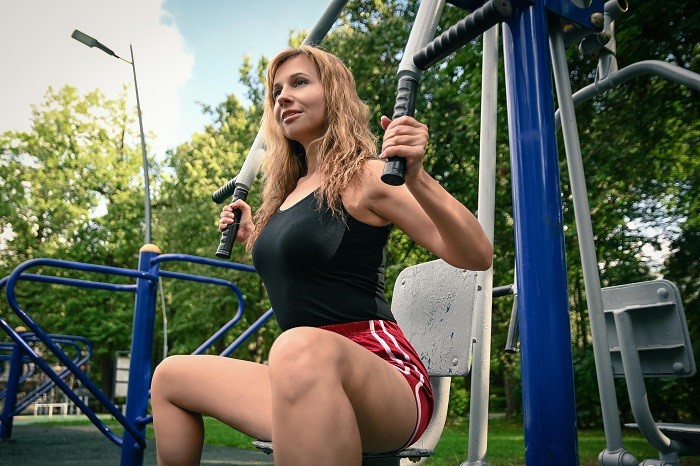
Strength Training
Strength training enhances mobility and overall functioning, especially as you age. Robert Sallis, MD, a family medicine doctor at Kaiser Permanente and chairman of the Exercise Is Medicine initiative with the American College of Sports Medicine (ACSM), notes that strength exercises build bones and muscle, protecting against falls and fractures in older age. The ACSM defines strength training as exercise aimed at improving muscular fitness by working muscles against external resistance. This can include lifting weights, using resistance bands or body weight, carrying heavy loads, and even strenuous gardening.
Flexibility and Mobility
Flexibility and mobility are crucial for healthy movement, according to the International Sports Sciences Association, though they are not the same. Flexibility refers to the stretchability of tendons, muscles, and ligaments, while mobility is about taking a joint through its full range of motion. There’s no specific recommendation for the amount of time to spend on flexibility or mobility activities, but these exercises are important for physical fitness. Older adults, in particular, should incorporate balance training to reduce the risk of falls, which can cause serious injuries.
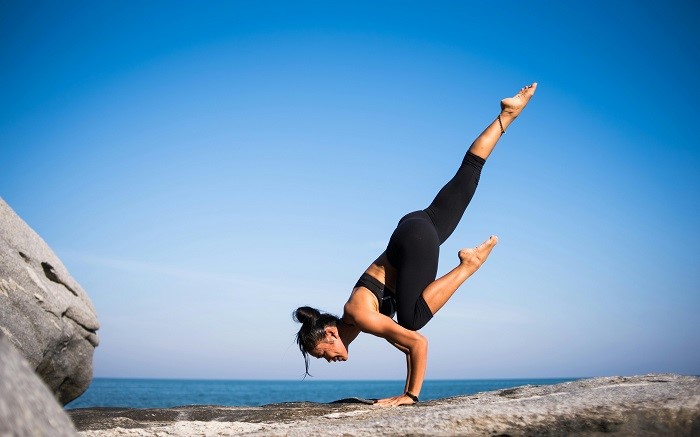
Rest and Recovery
Rest and recovery are essential for allowing your body to repair the natural damage done to muscles during exercise. This recovery process is how you become stronger and fitter. Rest days can involve no physical activity or low-intensity, low-impact exercises like walking or gentle yoga. Dr. Sallis recommends some daily activity, such as a 10-minute walk.
Health Benefits of Exercise
Improved fitness significantly reduces the risk of chronic diseases like heart disease, type 2 diabetes, and even cancer. “Fitness is one of the most effective ways to prevent almost any type of disease,” says Grayson Wickham, DPT, CSCS, founder of Movement Vault. The ACSM and the American Medical Association’s Exercise Is Medicine initiative highlights that physical activity can be as effective as pharmaceutical treatments in preventing and managing a range of chronic conditions.
Here’s a breakdown of those health benefits:
- Exercise Boosts Your Mood: Regular exercise can reduce depression and anxiety. Research indicates that exercise can help manage and treat depression by reducing inflammation and promoting beneficial brain changes.

- Exercise Is Good for Sleep: Regular exercise improves sleep quality and duration, helping to set your body clock, create favorable brain chemical changes, and reduce pre-sleep anxiety. However, high-intensity exercise close to bedtime may hinder sleep for some.
- Exercise Promotes Long-Term Health: It benefits brain and bone health, preserves muscle mass, boosts your sex life, improves gastrointestinal function, and lowers the risk of diseases like cancer and stroke. Research shows that 150 to 300 minutes of physical activity per week can reduce the risk of death from any cause by 19%.
- Fitness Helps You Manage Chronic Disease: Exercise aids in managing chronic health issues such as osteoarthritis, high blood pressure, type 2 diabetes, multiple sclerosis, Parkinson’s disease, dementia, stroke, and cancer. It can reduce pain, improve insulin sensitivity, promote mobility, and enhance heart health.
How Much Exercise Do You Need?
The Physical Activity Guidelines for Americans recommend at least 150 minutes of moderate-intensity aerobic activity (like brisk walking) or 75 minutes of vigorous-intensity aerobic activity (like jogging) per week. Additionally, muscle-strengthening activities should be done at least twice a week, targeting all major muscle groups. More physical activity is linked to greater health benefits, especially up to 300 minutes of moderate-intensity exercise weekly. However, extreme amounts of exercise can stress the body and may lead to negative health effects.
What to Eat Before, During, and After Exercise
Proper nutrition is vital for exercise performance.
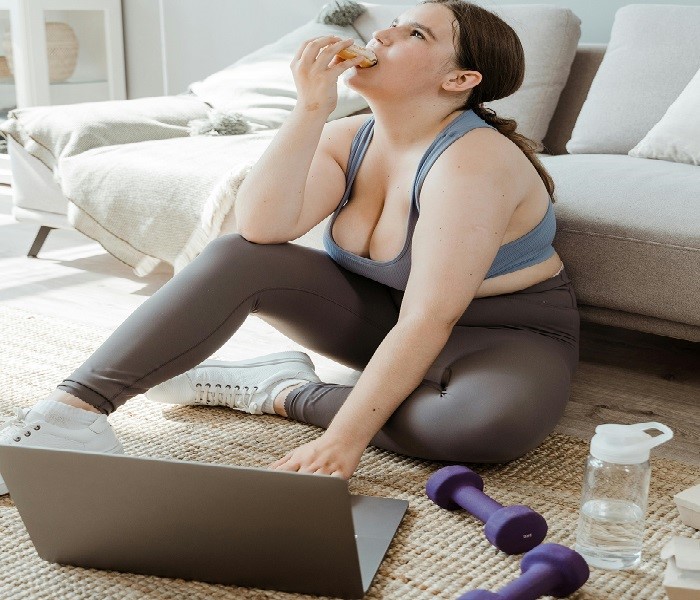
- Before Your Workout: If exercising shortly after waking up, consider your hunger cues. A small snack like a banana or toast with nut butter can provide the necessary fuel for your workout.

- During Your Workout: Longer workouts may require mid-exercise fueling with 30 to 60 grams of carbohydrates every hour after the first 60 minutes. Sports drinks are one option.
- After Your Workout: For low- to moderate-intensity workouts, immediate refueling might not be necessary. However, for high-intensity or frequent workouts, replenish with carbs and protein soon after.
Tips for Getting Started and Staying Motivated to Exercise for Health Benefits
Starting and maintaining an exercise routine can be challenging. Here are some tips:
- Break It Up: Short bouts of exercise can accumulate to meet weekly activity goals. Take short walks, climb stairs, or do quick exercises at your desk.
- Increase Slowly: Gradually increase the duration and intensity of your workouts to avoid burnout and injury.
- Do ‘Non’-Exercise Exercise: Activities like playing with your kids, cleaning, or yard work can count towards your movement quota.
- Schedule It: Treat exercise as a non-negotiable appointment in your daily schedule.
- Consider HIIT: High-intensity interval training (HIIT) can be effective for beginners, offering the benefits of longer workouts in a shorter time.
- Phone a Friend: Working out with a friend can boost motivation and consistency.
What You Should Know About Home Gym Equipment for Health Benefits
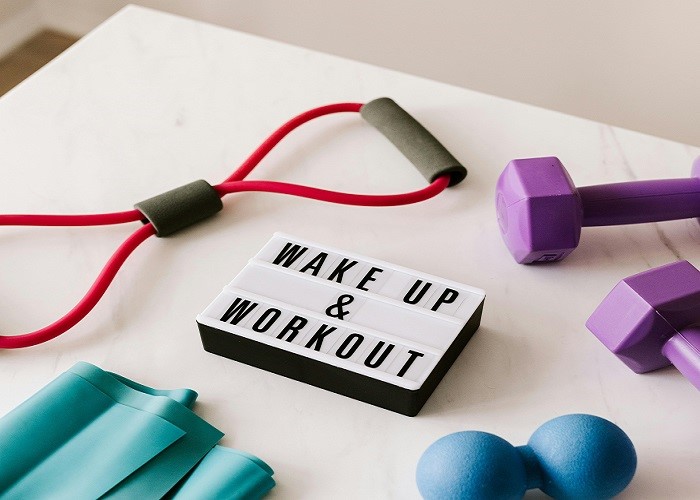
Exercising at home eliminates gym commutes and waiting times for machines. There are numerous online resources for equipment-free workouts. Simple body-weight exercises like squats, lunges, and pushups can build muscle. Investing in basic equipment like a yoga mat, resistance bands, or a set of dumbbells can enhance your home workouts. Choose equipment based on your preferences, budget, and available space.
#health benefits and fitness #health benefits and fitness #health benefits and fitness #health benefits and fitness #health benefits and fitness #health benefits and fitness #health benefits and fitness #health benefits and fitness #health benefits and fitness #health benefits and fitness #health benefits and fitness #health benefits and fitness #health benefits and fitness #health benefits and fitness #health benefits and fitness
Popular
A Freelance Journey for Transforming Careers
Earn $100 Dollars a Day Online with Money Earning Apps in 2024-20205
How to Overcome Buyers Resistance
How to Make $100 in a Single Day
Top 5 Trends in the Insurance Industry
Princess Beatrice marries in secret ceremony in front of Queen



